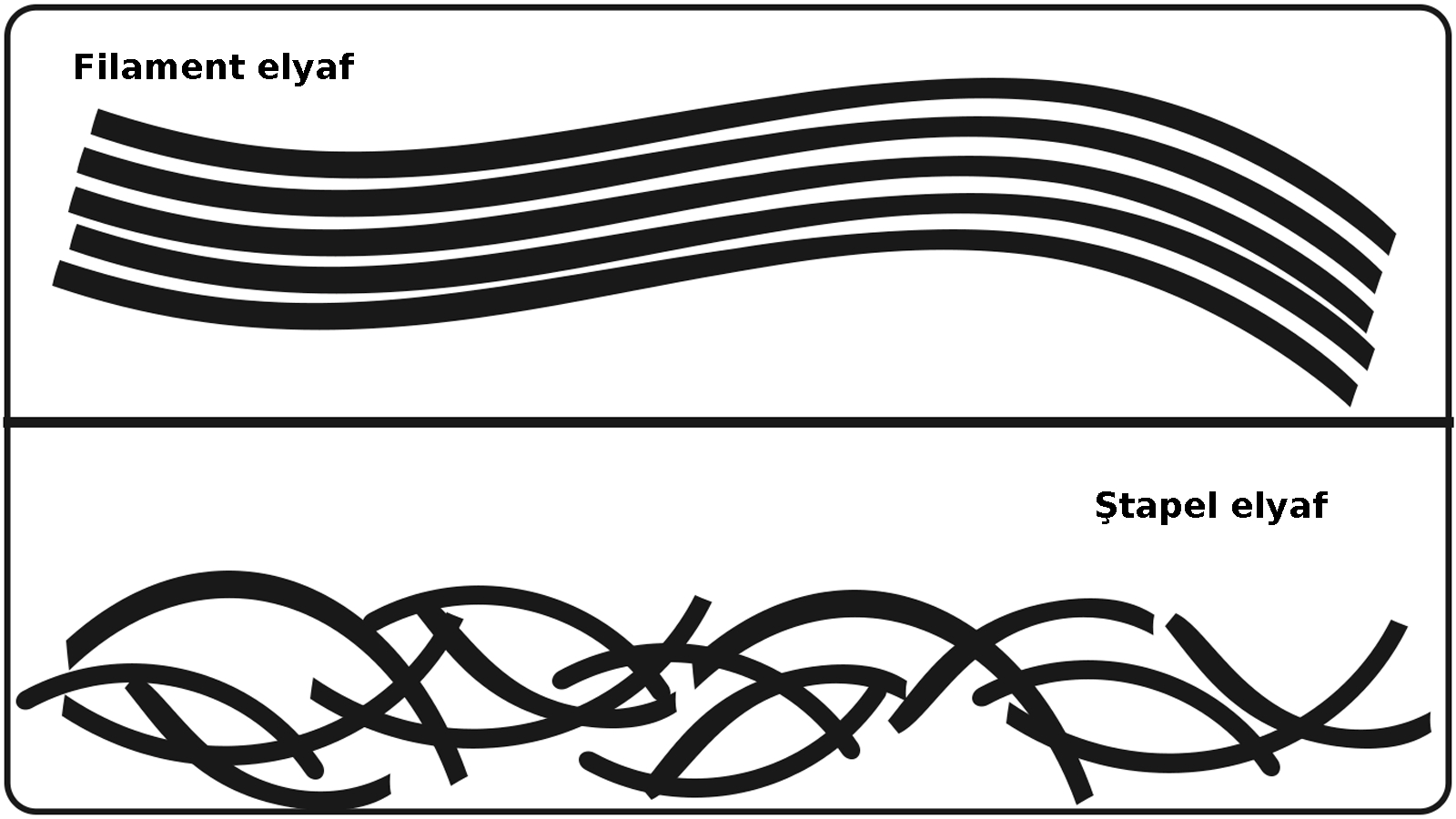Functional Chemistry - Chemical Fabric Finishing Methods In Textile
18:01
0 comments
Various chemistries and application methods can be used to improve the serviceability of fabrics.
Fluorochemicals
Fluorochemicals are particularly useful for providing water and soil resistance. Water repellency works because the chemistry increases the surface tension causing water to bead. Fluorochemicals are the most water repellent of all finishes but are also the most expensive.
The same repellency also prevents soils or stains from entering the fabric and forming a bond, and this type of finish is durable to laundering. Clothes that are easily soiled must be finished to repel and release dirt and grime. Fluorochemicals can be adjusted to provide less surface tension so that the finish releases dirt and removes soil during washing. Contemporary lifestyle dictates that we look neat while we work hard and play hard so fabrics can be treated to resist wrinkling, retain a smooth appearance, and keep creases and pleats in place even after laundering. Currently, the most popular chemistry used to resist wrinkling is resin-based.
Methods of Resin Application
Many factors related to chemical reactions influence wrinkle resistant properties. The reactant concentration, the catalyst type, and the catalyst resin ratio are of utmost importance. There are three main methods of resin application: pre-cure, fabric post-cure, and garment post-cure.
Pre-Cure Process
Durable press finish in which the fabric is dried and cured in the mill before the garment is cut and sewn. The pre-cure process occurs after the fabric has been dyed. First the resin, a catalyst, and softener are padded onto the fabric, then the fabric is dried and cured at an elevated temperature. After this, the fabric is cut and sewn. The process is quick, inexpensive, and reproducible. Following the pre-cure process, the garment is assembled and sent to the customer. Almost all shirts and most slacks are made from pre-cured fabric. Because the fabric now has a memory for the flat, smooth state in which it was cured, creases in slacks will not be as durable as those produced by the post-cure process.
Post-Cure Process
In the post-cure process, the order of events is different. It begins the same way by padding on the resin and drying the fabric at a low temperature. Next, the garment is cut and sewn. The desired creases or pleats are firmly pressed into the garment. As the final step, the treated garment passes through an oven to cure at higher temperatures, so creases are more permanent.
Resin Application
- Garment Dip
Instead of applying finishes to fabrics, resins can be applied to a completed garment. One method is garment dip. Garments that are first cut and sewn are immersed in a chemical bath, after this the garment is tumble dried at a low temperature which also pre-shrinks the fabric. Next, the garment is pressed. Finally, the garment goes to an oven for curing which is when the resin chemically reacts. A benefit of this process is better inventory control because garments are finished only when orders arrive. The garments produced by applying resins and garment dipping shrink less and have a better fit, there is a softer hand than that produced by the conventional post-cure method.
- Metered Edition
A second method associated with garment resin applications is metered edition. With this approach, cut and sewn garments are sprayed while tumbling in a garment machine. There is much less waste in chemicals because a metered or measured amount of water and chemistry, just what is needed, is sprayed on the garment. You’ve seen many ways that garments or fabrics can be treated with chemicals to improve wash and wear, and wrinkle resistance.
Enzymes
There is yet another way to soften and improve the appearance of fabric that is becoming more important. Found in all living organisms, enzymes are specialized proteins that serve to attack natural catalysts for biochemical reactions. Safe and easy to use, enzymes attack and degrade specific substrates under mild conditions. Enzymes replace hash solvents and other organic compounds used to finish fabrics. Enzymes are specifically engineered to create certain attributes. Improved effects include softness and better color washdown. The stone-washed look applied to denim is usually produced by combining enzyme treatment with the action of pumice stones. Also, enzymes impact the removal of surface fiber or fuzz that appears and makes fabric look worn after many washings. Fabrics treated with enzymes and subjected to mechanical agitation are less likely to display these undesirable surface characteristics.
-
Ayakkabılarda doğru numara seçimi sağlık ve kullanım ömrü açısından önem arz eder. Kesirli Ayakkabı Numaraları Ne Anlama Geliyor? 🤔 Bazı a...
-
İş sağlığı ve güvenliği için bazı işletmelerde pr ayakkabı kullanımı gereklidir. Ayakkabılarda rastladığımız "PR" terimi, İngiliz...
-
Rahat bir kullanım için ayağın genişliği ve uzunluğuna uygun ayakkabıyı seçmek son derece önemlidir. Ayakkabı Genişlik Terimleri: E, F, FX,...
-
Lif kısaltmaları tekstilde elbise üretiminin her aşamasında kullanılır. Tekstil, Kumaş, Lif ve Elyaf Kısaltmaları : Tekstil endüstrisi, lif...
-
Yeşil renk ve tonları, sarı ile mavi ışığın birleşmesi sonucu oluşur ve fotosentetik pigmentler nedeniyle bitki yapraklarında yaygın olarak ...
-
Kumaşın ön yüzünün ve arka yüzünün gösterimi. Kumaş yüzü (Alm. Stoffvorderseite, Fr. front de tissue, İng. fabric face; face of fab...
-
Türk tekstil ve hazır giyim sektörü: yerli markaların yükselişi. Türkiye'nin lokomotif sektörlerinden biri olan tekstil ve hazır giyim...
-
Mavi polycotton nevresim takımı. Polycotton , polyester ile pamuğu (cotton) karıştırarak elde edilen, her iki elyafın en iyi performans ...
-
Vorteks iplik üretim aşamaları gösterimi. Vorteks (vortex) eğirme sistemi temel olarak bir çekim sistemi ve bahsedilen çekim sisteminin de...
-
Türk ayakkabı markaları, yerli ham maddeyi mükemmel işçilik ve estetik tasarımlarla birleştiriyor. Türk malı ayakkabı ürünler, kalitesi ve e...
-
Türk tekstil ve hazır giyim sektörü: yerli markaların yükselişi. Türkiye'nin lokomotif sektörlerinden biri olan tekstil ve hazır giyim...
-
Akrilik elyaf, iyi yalıtım özelliğine sahip olmasıyla öne çıkan sentetik bir lif türüdür. Akrilik Elyaf: Tanım ve Özellikler Akrilik, ( Alm....
-
Kumaş numunesi. 1) Yapılarına göre (nasıl yapıldıysa o ismi alır) a) Dokunmamış kumaşlar - Nonwoven , keçeler, kağıt telalar, elyaf, vi...
-
Ünlü Türk modacı ve tasarımcılarının kreasyonları artık dünya moda başkentlerinde sergileniyor. Türkiye'de tekstil ve moda sektörünü...
-
Farklı renk ve türdeki kumaş çeşitleri. Kumaş, ipliklerin, çeşitli yöntemlerle bir araya getirilerek oluşturduğu kaplayıcı yüzeylerd...
-
Türk ayakkabı markaları, yerli ham maddeyi mükemmel işçilik ve estetik tasarımlarla birleştiriyor. Türk malı ayakkabı ürünler, kalitesi ve e...
-
Dünyanın en meşhur modacıları. Dünyaca ünlü modacılar Her sezon önce podyumları sonra da vitrinleri süsleyen özel koleksiyonların arkas...
-
Lif kısaltmaları tekstilde elbise üretiminin her aşamasında kullanılır. Tekstil, Kumaş, Lif ve Elyaf Kısaltmaları : Tekstil endüstrisi, lif...
-
Naylon olarak da bilinen polyamid kumaşlar sentetik kökenli bir kumaş türüdür. Polyamid ya da naylon (Alm. Polyamidfaser, Fr. fibre ...
-
Tekstil ürünlerinin etiketlerinde yıkama, kurutma ve ütüleme ile ilgili semboller bulunur. Tekstil Ürünleri için Tavsiye Edilen Yıkama Tali...


















































































































0 yorum:
Yorum Gönder
Merhaba, daha kaliteli bir site için yorumlarınızı bekliyoruz.